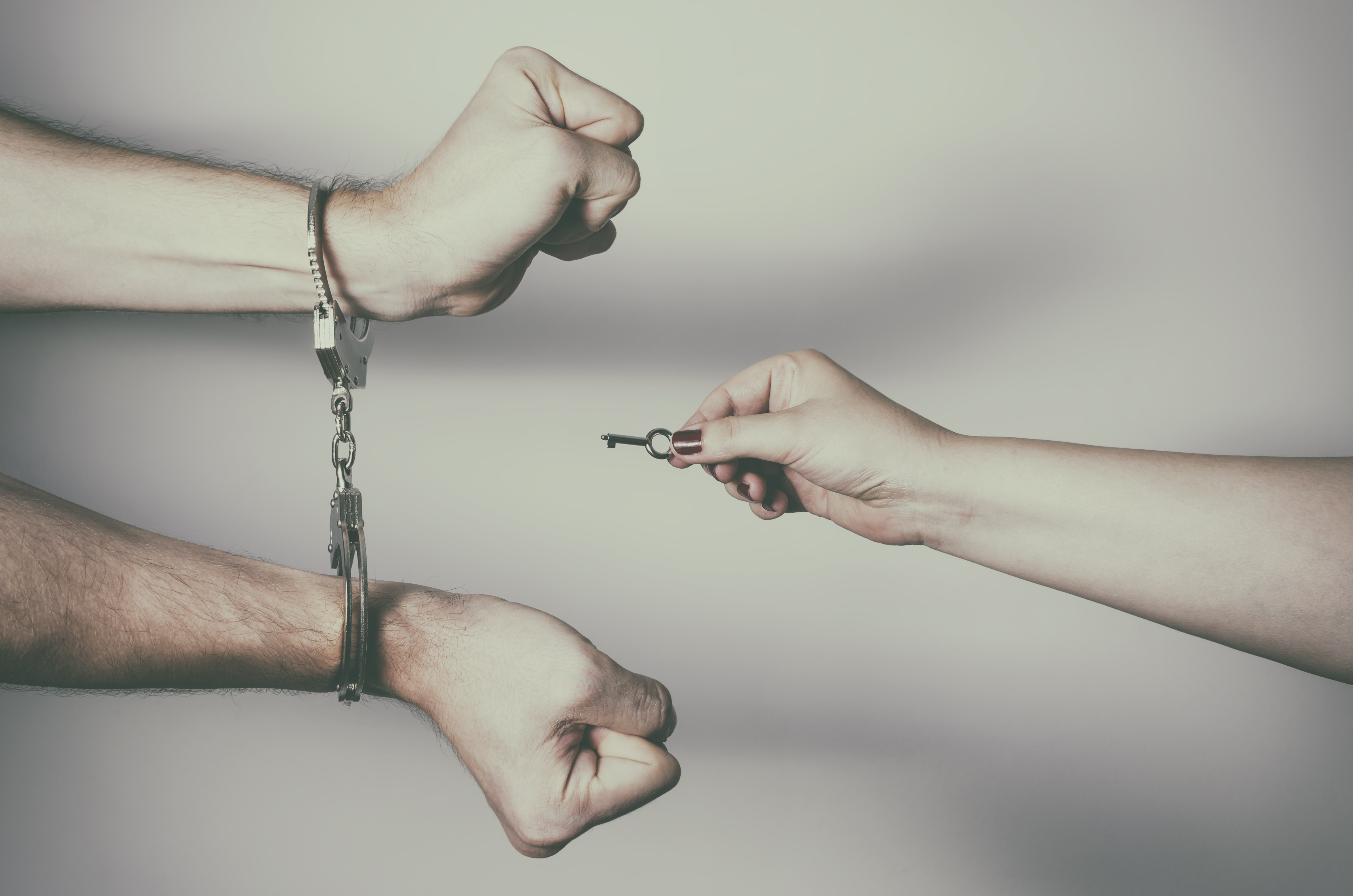Reflections of a locked down "hands on" physio
By Mike James | 14th July 2020 | General

One of our most read blogs to date was a guest blog by the fantastic Kate Stalker on the much debated topic of manual therapy. Kate who is an advocate for an evidence based use of manual therapy has written us a follow up blog on her experiences as a hands on therapist during lockdown. Kate is a UK based South African trained Physio who previously worked in professional cricket for both Derbyshire CCC and the NZ Black Caps. She now runs The Derbyshire Sporting Joint, a Physiotherapy clinic based in Derby that specialises in the prevention and treatment of sports injury.
A few months ago I had a gin fuelled rant on a physio group about a subject I felt very strongly about… manual therapy (in combination with rehabilitation exercises). There is a huge amount of chat in the social media spheres about it’s ineffectiveness, the waste of resources and the disempowering of patients to help themselves.

Lockdown presented this very hands on physiotherapist with a massive challenge…. A rapid switch to Telehealth was enforced and for nearly three months I didn’t touch a single patient, and grew my finger nails for the first time in 23 years!.
As I am slowly getting back into seeing patients face to face who have not succeeded at virtual therapy I thought it would be good to look back at the experience as objectively as possible.
Initially I felt like a new grad physio. I was rubbish at explaining things to people if I couldn’t show them how to do something through my (man)handling, I spent ages trying to teach people how to do their own soft tissue release (leading me to realise that physios who do a lot of hands on perhaps do have greater palpation skills than the critics give us credit for!!), and I struggled to think of the perfect exercises for someone if they weren’t physically in front of me, sometimes ending up giving more exercises than I should have, as I was hoping something would help.
3-4 weeks later I got much better at it, I realised you needed to explain every exercise in the detail required by an engineer (they always want the most precise instructions, even in real life), I got better at my exercise selection and realised the value in lots of detailed explanations about pathology, healing, pain etc to make patients feel more at ease about their symptoms. I have always done a lot of this while doing the manual therapy but over video call it had to be delivered far more deliberately.

I’ll hold my hands up and say some patients did loads better than I was expecting. Amazing results! That really taught me a lesson to be braver with giving more exercises than the 3-4 I usually give in clinic.
Compliance during lockdown has been fantastic though as people have been a) bored, and b) desperate to get better so that they could do their once a day activity.
Patients willing to engage with virtual physio we must realise are a specific cohort of people, as we had a lot of patients who would have benefited but just point blank refused to participate in the idea. Patients who did well were generally aged 15-70, reasonably active, reasonably mobile, and were either acute on chronic or had had symptoms for a little while (but not a very long while).
Patients with good body kinaesthetic intelligence did best as they were able to do their exercises well, repeatedly and not observed constantly. Patients who were not afraid of the tech did well too, and those who figured out how to do the best video angle for viewing also helped!.
 The patients who did not do well were:
The patients who did not do well were:
1) The older patients. Even with help from loved ones, they struggled to perform exercises and the patients I was treating were in a lot of pain and very hesitant to move more no matter how much convincing I did.
2) Patients who are very stiff. Either through degenerative joint disease, post-operatively, or less general flexibility or decreased mobility through obesity. They can’t get into enough positions to do the exercises effectively, but they do get benefit usually from hands on… either guided exercise or joint/soft tissue mobilisation.
Yes, I know this does not last for a length of time, but if in the short term you can make ROM gains, it does help them do their maintenance exercises at home.
3) The VERY athletic population. The elite athletes I am seeing are already doing great prehab/rehab exercises. The advice obviously helps them to an extent, but they still get better quicker (in my experience with these individuals) with some hands on treatment.
This may be psychological, as a lot of athletes feel they ‘need’ treatment, but the ones I see are also very good at the self management techniques I have shown them, and only occasionally need my input. The lack of hands on treatment has definitely affected the people I see’s training.
4) The brand spanking new injury. I have found this tricky, for example to diagnose whether a shoulder is an acute adhesive capsulitis or a cuff tear (as both are weak, painful and have limited ROM), to diagnose whether someone has a metatarsal stress fracture or an acute tenosynovitis… I feel like my palpation skills would have come in handy here.
When you can’t palpate something, it’s all just sore to the patient when they are having a prod, even a guided one. I know special tests are not reliable, but all together they help build up a clinical picture that leads you to a probable diagnosis.
5) The patient with lots of emotional stuff going on. We all have them, the people who pour their hearts out to you while you are mobilising their thoracic spine. If you aren’t doing the hands on stuff they don’t really tell you what’s going on in their lives and so I think you can miss the ‘psych’ part of the BPS model , particularly if it’s a new patient who you have only ever met virtually. It’s harder to form that emotional connection, not impossible, but more difficult,
 How will it change my long term practice?
How will it change my long term practice?
When getting in to virtual physio I invested a lot of time in filming exercises and organising injury templates on the app we used (RehabGuru, which I have really found great).
I will be far more professional in my exercise prescription going forward (I used to do this by filming the patient doing their exercises on their own phones, which isn’t bad, but isn’t perfect) and will not be afraid to give them more exercises than they think they have time for!!
I have got better at the explanation of why/ how/ what is going on, and will make more of a concerted effort to make sure they have understood me.
I have missed using my hands, and for the few patients I have treated so far, I have definitely made the right choice in seeing them, as they all needed my help as their pain levels were not being managed virtually, they needed diagnosis or they needed help moving more for their exercises.
They have all improved and are really happy that they have had some more help and are able to do more of their own rehabilitation now.
If I was a 50% manual therapist, 25% educator (or sometimes counsellor!), 25% exercise rehabilitator I am now probably going to be 35% MT, 30% educator/ counsellor, 35% exercise rehabilitator now, continuing to empower my patients to do their exercises on their own, and to manage their own pain, stiffness and symptoms as much as possible but knowing when some hands on treatment is needed (or not!).
A little bit of help doesn’t harm, and while the whole experience has been a difficult one for me, I definitely have grown as a result.
